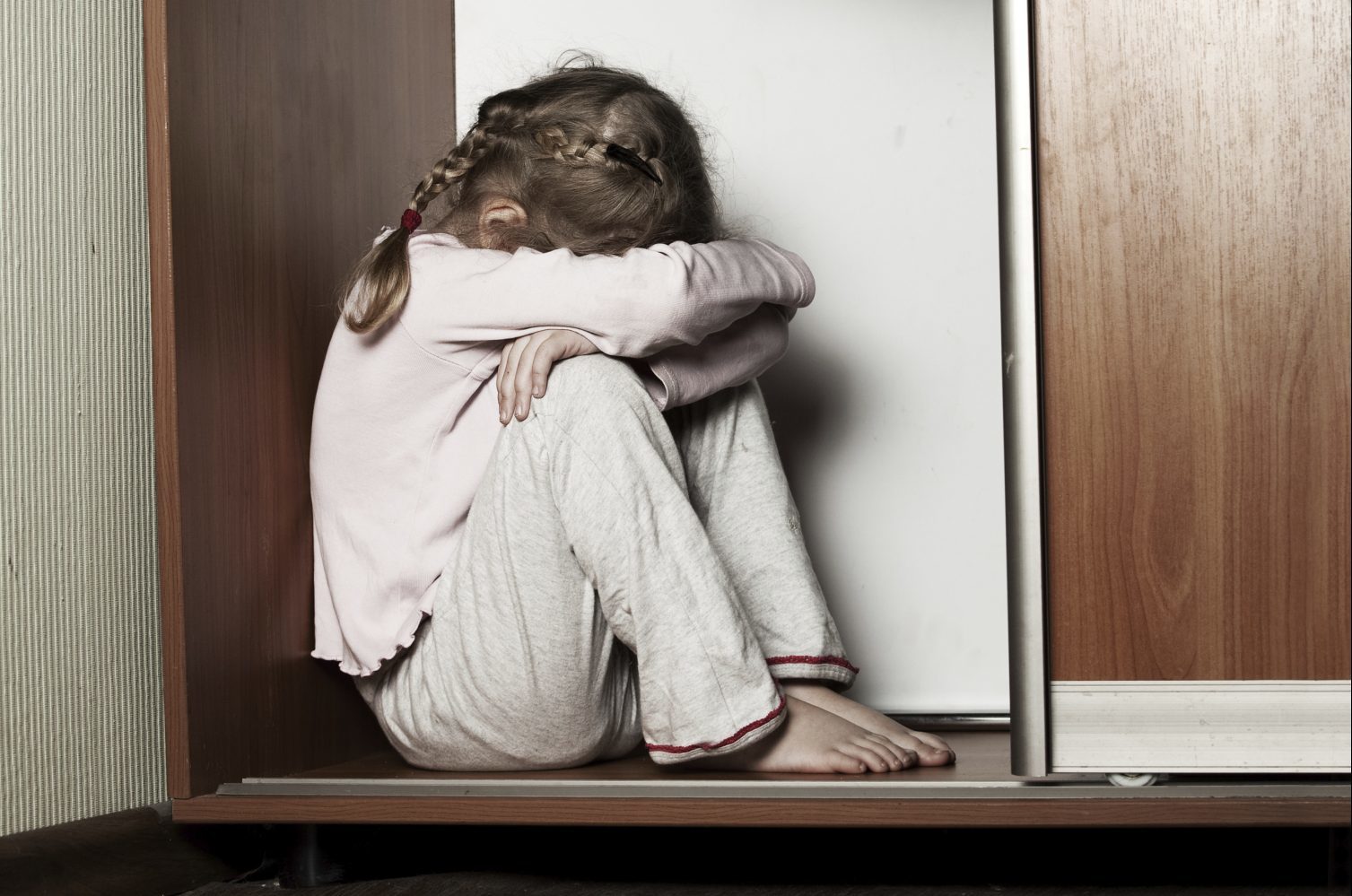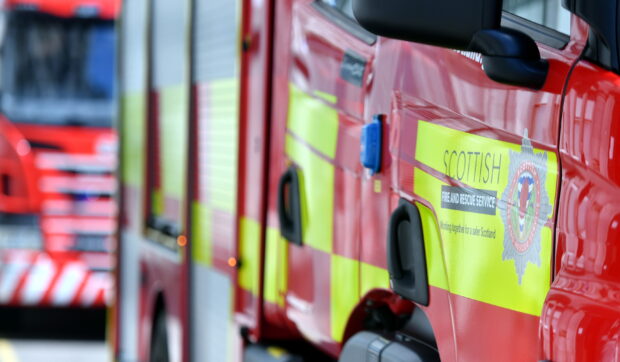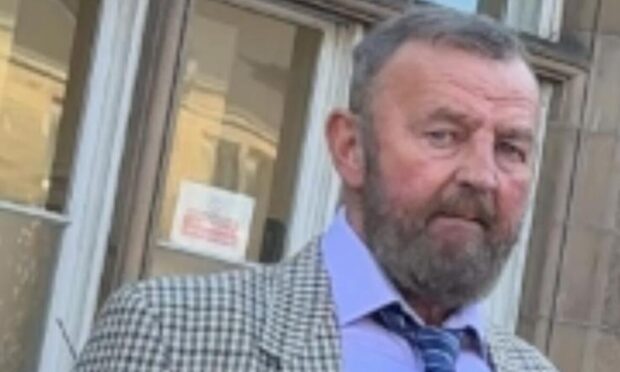The number of sexual offences committed against children under 13 has increased by a third in just one year, new figures have revealed.
Data obtained by the NSPCC showed these went from 562 in 2013-14 to 746 in 2014-15 – with the charity calling for research to be done to determine the cause of the rise.
The total includes 160 rape cases involving victims under 13 that were reported to Police Scotland in 2014-15, compared to 97 the previous year.
The figures – in the NSPCC’s annual How Safe are our Children? report – revealed police recorded 47,008 sexual offences as having been carried out against children age 12 or less, making the total for 2014-15 the highest for the last decade.
Matt Forde, national head for NSPCC Scotland, said: “The exact reasons behind the recorded increase in offences merit further investigation but what we know for sure is that behind these statistics are hundreds of children who have been the subject of sexual assault and many more who have been assaulted but who have not come forward to report attacks.
“All too often children who have been abused develop chronic mental health problems, become suicidal or self-harm before therapeutic services become available to them.”
The charity is calling for children who have suffered abuse to be given priority access to both child and adult mental health services.
Mr Forde said: “Protecting children needs a system built on strong services.
“These services must recognise that a child’s wellbeing relies on the quality of care-giving relationships from the earliest days, that supports the development of secure attachment and provides the building blocks for healthy relationships throughout infancy, childhood and adolescence.
“We need to tackle the causes and consequences of child abuse. This requires an approach which prevents abuse, identifies risk early and supports recovery.”
The NSPCC obtained data on sexual offences against children from Police Scotland using Freedom of Information legislation.
Of the 746 offences in 2014-15 reported against under 13s, more than half (394) were cases of sexual assault, up from 349 the previous year.
Cases of sexual activity against a child under 13 increased from 116 to 192 over the same period, according to the statistics.










